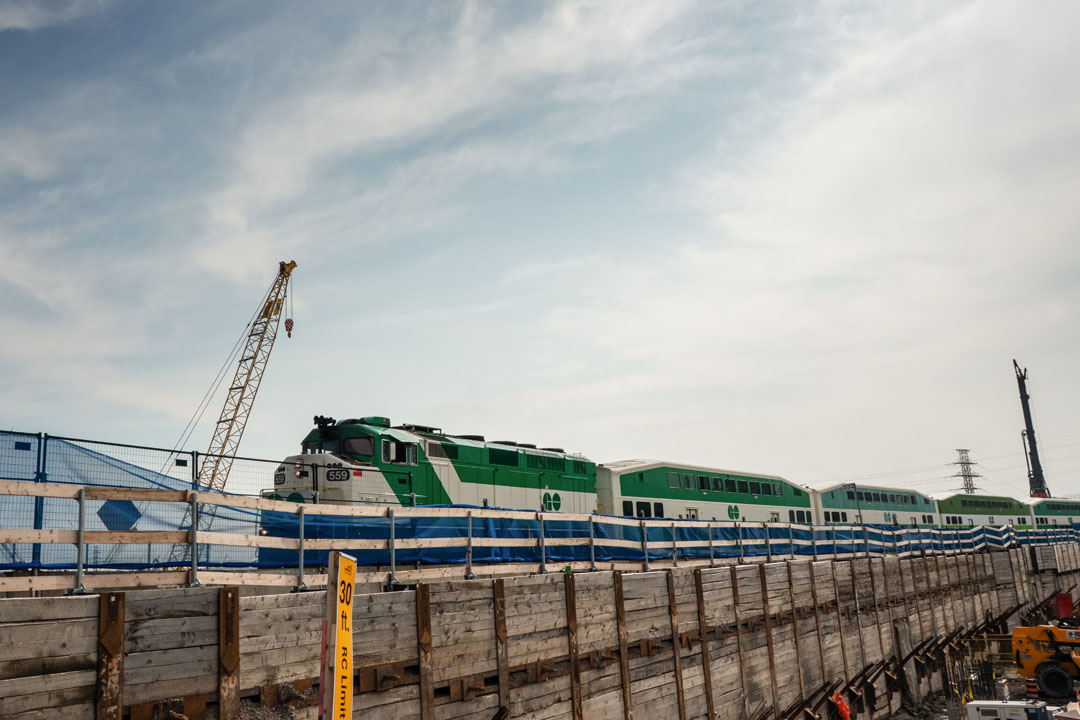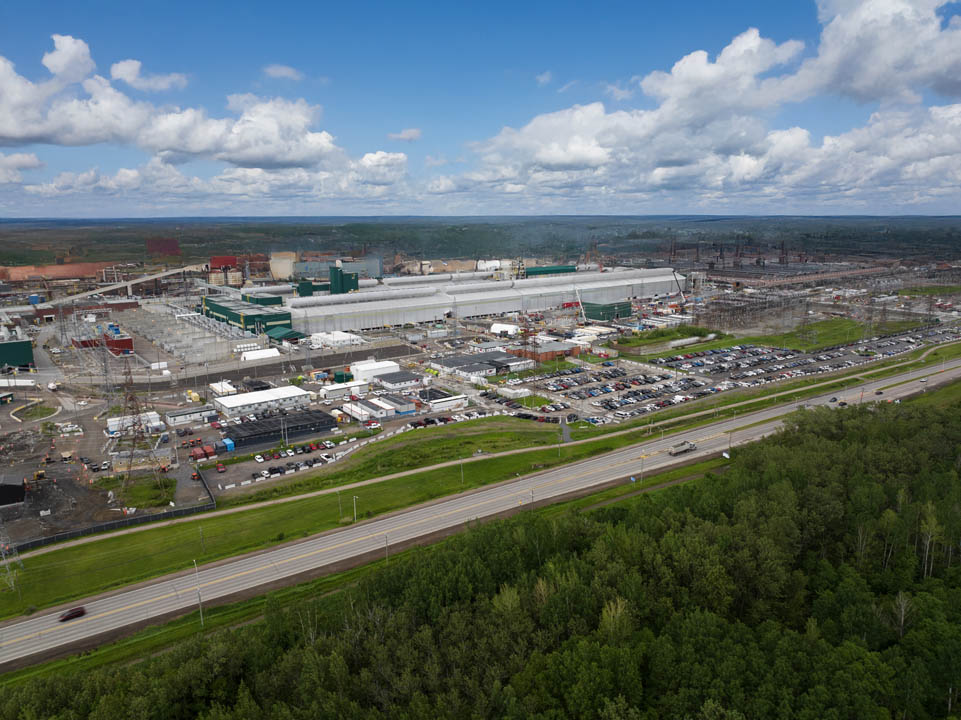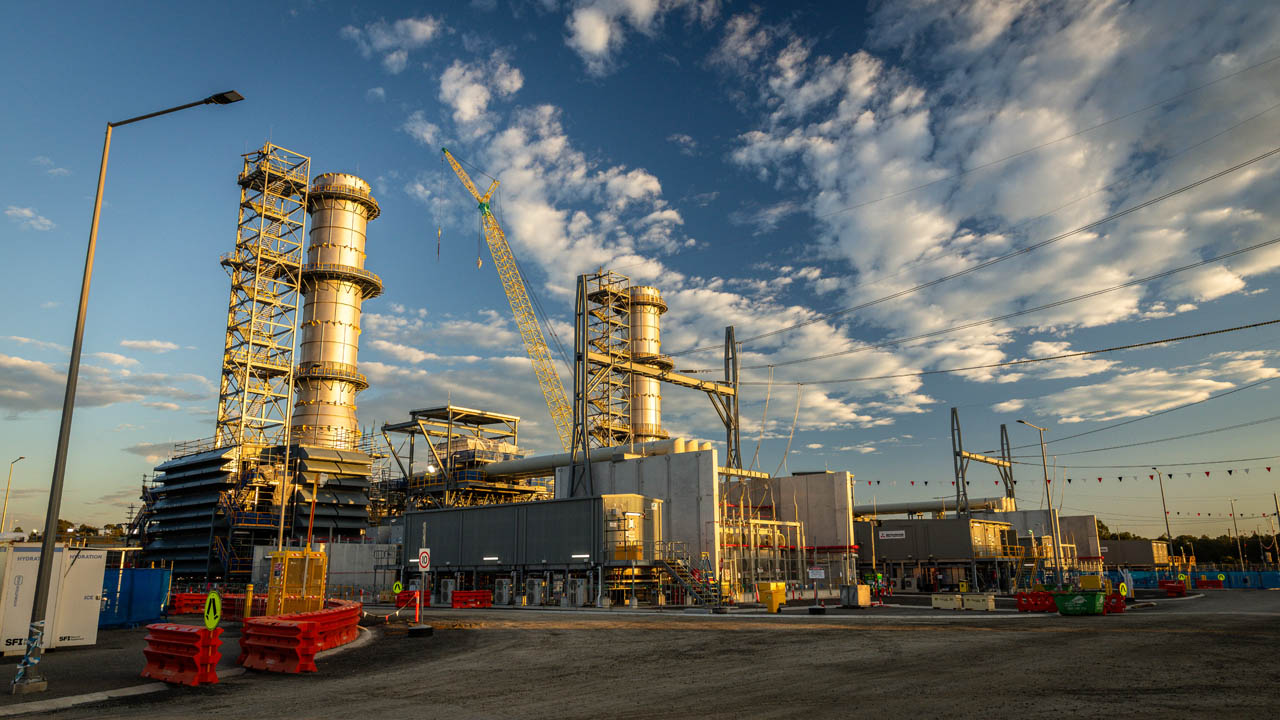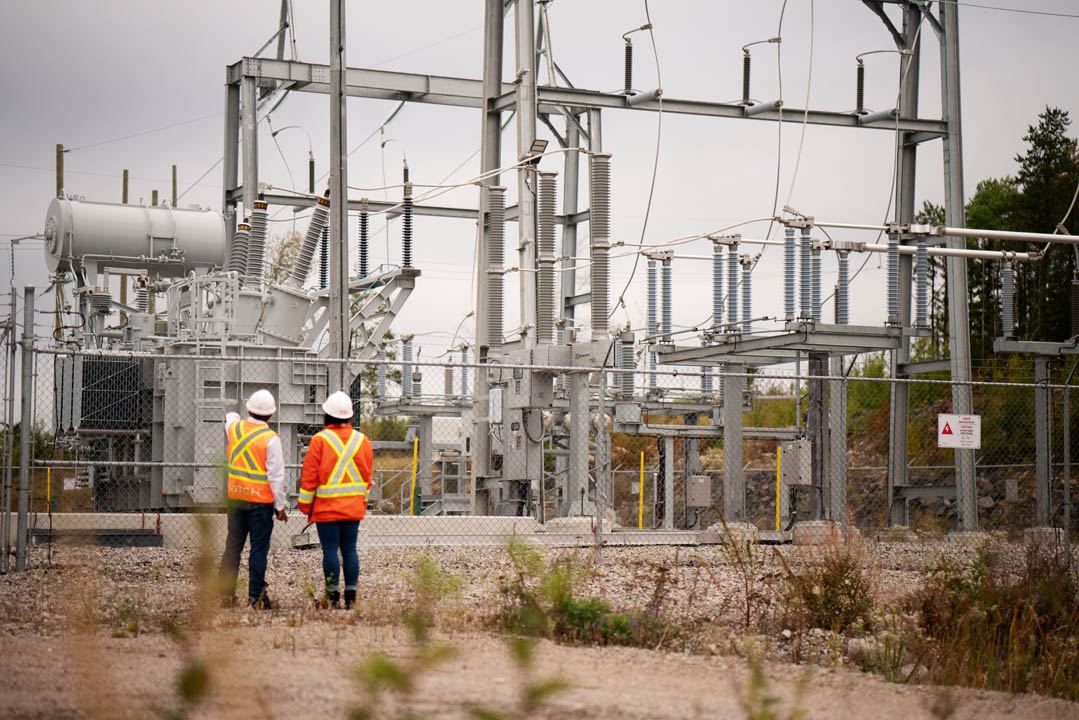Efficiency by design: Delivering Capital projects in today’s markets
Projects in mining, energy, and infrastructure are undergoing a profound transformation. Development in the 19th and early 20th centuries was defined by government-led mega-projects, vertically integrated supply chains, and a singular focus on industrial growth. Today, global interdependence, ever-changing supply chains, capital efficiency, and the imperative of sustainable, inclusive development drive project delivery.
This shift has elevated the role of project consultants, whose expertise extends beyond technical design to encompass procurement intelligence, supply chain navigation, and project delivery and execution expertise. As nations pursue the energy transition and broader infrastructure renewal, success depends on vision, reduced capital intensity, and the integration of strategic engineering insight into project delivery.
Modern supply chains are intricate webs of global interdependence. While this complexity allows for unprecedented efficiency and scale, it also creates vulnerability. A port closure, a geopolitical dispute, or a cyberattack can ripple across industries in ways unthinkable a century ago.
At the same time, the goals of major projects have evolved. No longer is it enough to simply lay down steel and concrete. The new mandate is to enable sustainable, inclusive growth, and circular economies. Mining is reframed as a pathway to securing critical minerals for the energy transition. Infrastructure now encompasses more than roads and bridges; it’s also broadband and data centers. Energy projects are measured not just by output, but by their carbon footprint and their ability to integrate renewables.
Today’s major projects require partnerships. Governments, private investors, multilateral institutions, Indigenous communities, and civil society must find alignment. Securing a “social license to operate” is as essential as securing financing or permits. And in today’s connected world, public scrutiny has never been more prevalent.
Amid this complexity, we believe four principles guide how to build efficiently from day one:
- Rely on robust procurement strategies
- Design for speed
- Think globally and act locally
- Employ the best people, methodology, and tools.
Relying on robust procurement networks
We provide critical insights into procurement networks, identifying which services, materials, and technologies can be sourced locally, regionally, or globally, and which components are available off the shelf versus custom designed.
With approximately US$5 billion in equipment, materials, and services procured each year, we don’t take chances by making procurement decisions based on speculative data. We manage every project with our proprietary digital platform, which provides real-time visibility into pricing trends, lead times, and vendor performance, helping us manage long-lead or high-volatility items, align designs to available components, and leverage just-in-time delivery strategies. This capability is especially crucial when navigating market shortages, protectionism, and rapidly shifting trade flows.
The Zimplats smelter expansion project in Zimbabwe was fast-tracked to meet growing demand and the overarching business plan, and we were entrusted to lead the way. The project moved from the feasibility study in 2021—without any preceding phases— to execution in less than a year and final hot commissioning was completed in December 2024.
Success hinged on precise logistical planning, early engagement with key technology partners, and close collaboration between the Hatch and Zimplats teams. Hatch and Zimplats worked closely with suppliers to optimize engineering, fabrication, and delivery schedules. We sole-sourced and appointed technology partners as early as the feasibility study, allowing for overlapping project phases and seamless coordination of construction and commissioning.
Designing for speed
Capital project efficiency must be engineered at the drawing board. This means designing with delivery in mind and embracing shared responsibility across the entire life cycle. By bringing contractors to the table during design, decisions consider real-world pricing, supply chain realities, and constructability constraints. Contractor feedback can flag access, sequencing, or installation challenges before they’re built into the model. This approach shortens procurement cycles, reduces rework, and results in a design that’s technically sound, commercially intelligent, and build-ready.
We’ve embraced advanced work packaging, which regiments construction planning in the early stages of a project and aligns engineering and procurement work packages to flow into construction work packages that contractors can use. With skyrocketing costs in construction, this approach should be considered best practice.
Thinking globally, acting locally
When speed to market matters, projects can’t only operate 9–5. What sets us apart is our ability to pick the best people from around the world to deliver around the clock, if necessary. Our competitors will tell you the same, but their structure doesn’t allow for efficiency.
We have purposely organized ourselves for the best response, anchoring experts in all regions around the world and building capacity in each of those regions to offer the right solutions no matter where the project is located. This allows us to achieve project objectives through optimized resource load-balancing. We also leverage a diverse range of experiences and perspectives, fostering inclusivity and representation in design. As a result, we accelerate the design process by enriching solutions with innovative insights from varied viewpoints.
Employing the best tools for maximum efficiency
In recent years there has been a culture shift in how projects produce and consume information. Data-centric model-based deliverables have become a reality with advances in engineering platforms and tools, resulting in efficiency gains over traditional document-based deliverables.
We’ve transformed our organization to enable productivity and have fundamentally changed the way we work through innovation and technology. At the core of this transformation is an integrated systems environment that ensures secure, high-performance access to critical systems and data—seamlessly connecting delivery partners including owners, contractors, and suppliers.
This environment leverages the latest engineering and project management systems, supported by centralized data management tools, processes, and procedures. Designed for maximum efficiency, it is accessible across all of our global offices, enabling consistent execution and collaboration at scale.
By unifying design, execution, and data into a single secure ecosystem, we simplify the complexity of capital project delivery. All functions—engineering, procurement, project controls, construction, and commissioning—are connected through trusted, verified data available via multiple interfaces.
This data-centric approach enhances collaboration, improves deliverables, and enables real-time analytics for faster, more informed decision-making. Crucially, it also streamlines handover by ensuring continuity and integrity of information across all project phases, reducing risk and accelerating operational readiness.
The Nemaska Lithium integrated project in Québec, Canada, is just one example of a project benefiting from our data-centric approach. The project is being executed on a vast scale, with an inclusive team approach that, at peak, includes 400 experts from 39 Hatch offices worldwide. To ensure that this large, global team can deliver as promised, we’re using custom system integration, templates, and workflows to allow people to work in parallel.
The project is making full use of our digital project delivery platform to manage information. Overall, we have 120 procurement packages to oversee with more than 75,000 documents. Collaborating in a shared data environment enables the Nemaska Lithium team to fully engage with the Hatch team, increasing accuracy and limiting potential rework.
Delivering successfully
The future of successful project delivery hinges on the ability to deliver with precision, speed, and resilience. We stand at the forefront of this transformation, redefining how capital projects are conceived and executed. By integrating strategic procurement, agile design, global-local delivery models, and cutting-edge digital tools, we help our clients navigate complexity and deliver as promised. As the world demands infrastructure that is built to both last and uplift, we play a pivotal role in translating ambition into delivery. Our value lies in our cross-sector expertise, technical design, and our deep understanding of the realities of modern supply chains and project delivery.
Explore more: Annual review 2025
- PROJECT

East Harbour Transit Hub
- INSIGHTS
Efficiency by design: Delivering Capital projects in today’s markets
- PROJECT

AP60 Expansion Project
- INSIGHTS
Ushering in a new era of intelligent risk-based decision making in construction
- PROJECT

Zimplats Smelter Expansion
- INSIGHTS
Contractor delivery for successful project outcomes
- PROJECT

Hunter Power Project
- INSIGHTS
Are you leaving value on the table after the build?
- INSIGHTS
AI breakthrough in mineral processing unlocking millions in value
- INSIGHTS
The faster, the better? The intersection of rapid delivery and responsibility
- PROJECT

Newmont’s Yanacocha Water Transition Projects
- PROJECT

Wataynikaneyap Power Transmission Project
- PROJECT

Sound Transit’s System Expansion